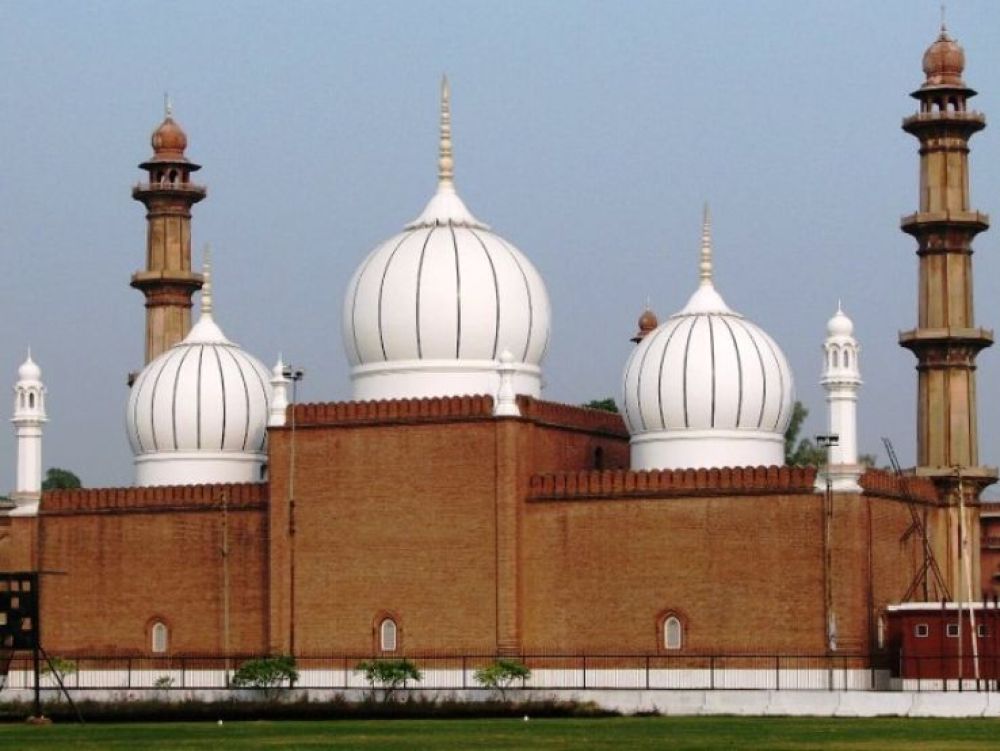

The AMU Jama Masjid located in Aligarh, Uttar Pradesh is not just a significant place of worship but also an important landmark within the Aligarh Muslim University (AMU) campus. The mosque has a rich history and serves as a focal point for both spirituality and education. Tourism in the area, particularly religious and scholarly tourism, has been influenced by the presence of this mosque.
Built in the late 19th century, the AMU Jama Masjid stands as a testament to the architectural and cultural ethos of its era. The mosque was funded by the wife of Sir Syed Ahmad Khan, the founder of the Mohammedan Anglo-Oriental College, which later evolved into the Aligarh Muslim University. It has since been a symbol of the synthesis between Islamic teachings and modern education.
Over the years, the mosque has attracted visitors from all over the country and across the globe. People come to experience its tranquility, architectural beauty, and to delve into the rich history of AMU. Tourism historically revolved around educational exchanges and religious studies, but has since broadened to include people interested in heritage structures and cultural experiences.
Tourists visiting the AMU Jama Masjid can explore its beautiful interiors and exteriors, which are adorned with intricate designs and calligraphy. The mosque is centrally located within the university's campus, making it easily accessible for tourists who are also interested in the history of colonial-era education in India.
In recent years, a more diverse range of tourists has begun to frequent the site, not just for religious purposes but also to appreciate its architectural significance. Educational tourism remains a staple, with students and academics from around the world visiting the university and the mosque. The trend of combining leisure travel with an educational experience continues to grow with increased interest in India's historical institutions and their role in shaping contemporary society.
Important Announcements: Due to its location within a university campus, visitors may need to check for any visitation guidelines or entry restrictions, especially during academic sessions or religious events. Maintaining the sanctity and cleanliness of the mosque is paramount, and tourists are advised to be respectful of the cultural and religious sensitivities associated with the site.
The AMU Jama Masjid is much more than a religious site; it is a cultural and educational landmark that offers a unique window into the blend of traditional Islamic architecture and British-influenced educational heritage. It stands as a beacon of unity, knowledge, and peace – themes that continue to resonate with visitors from diverse backgrounds.